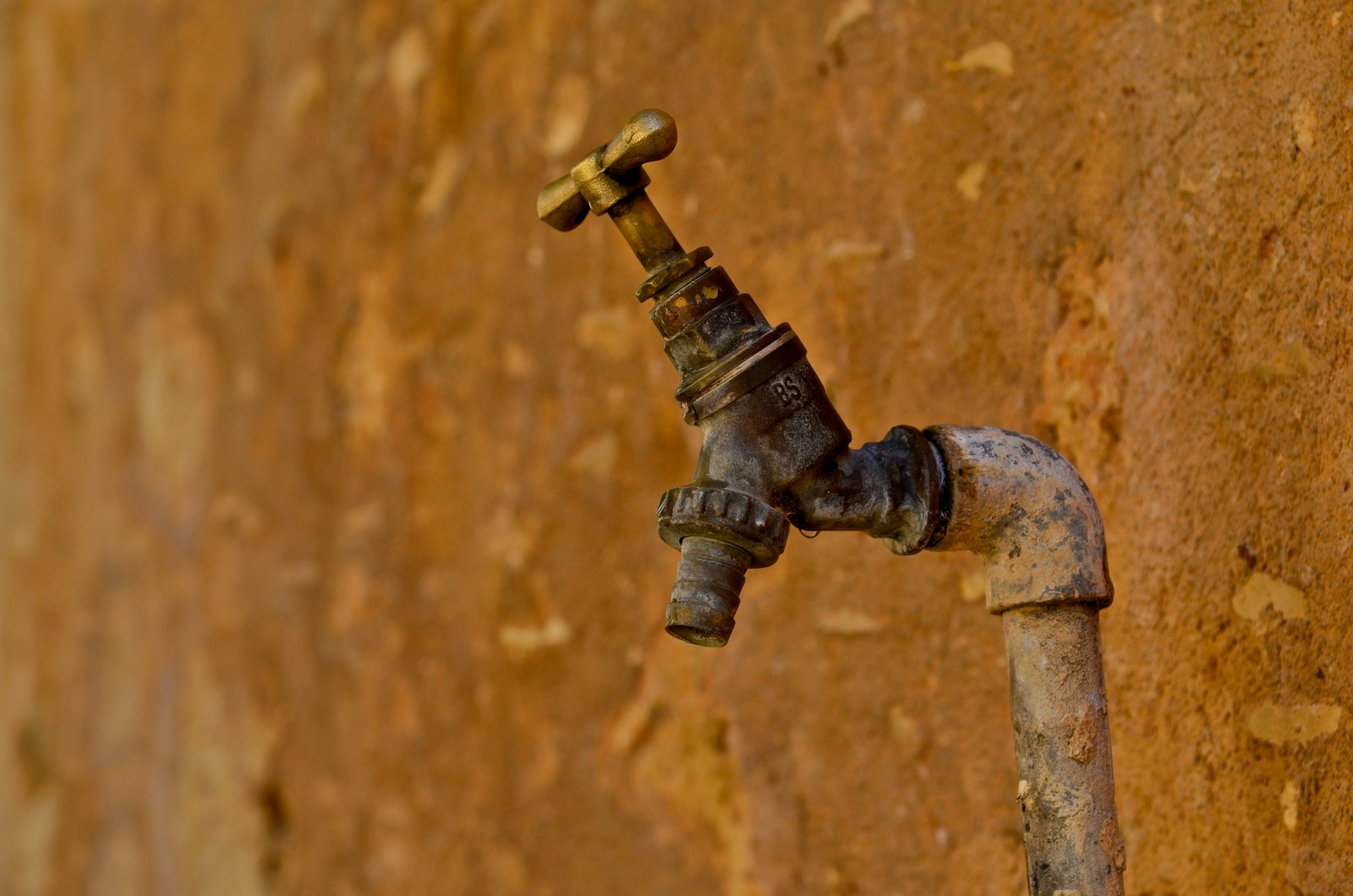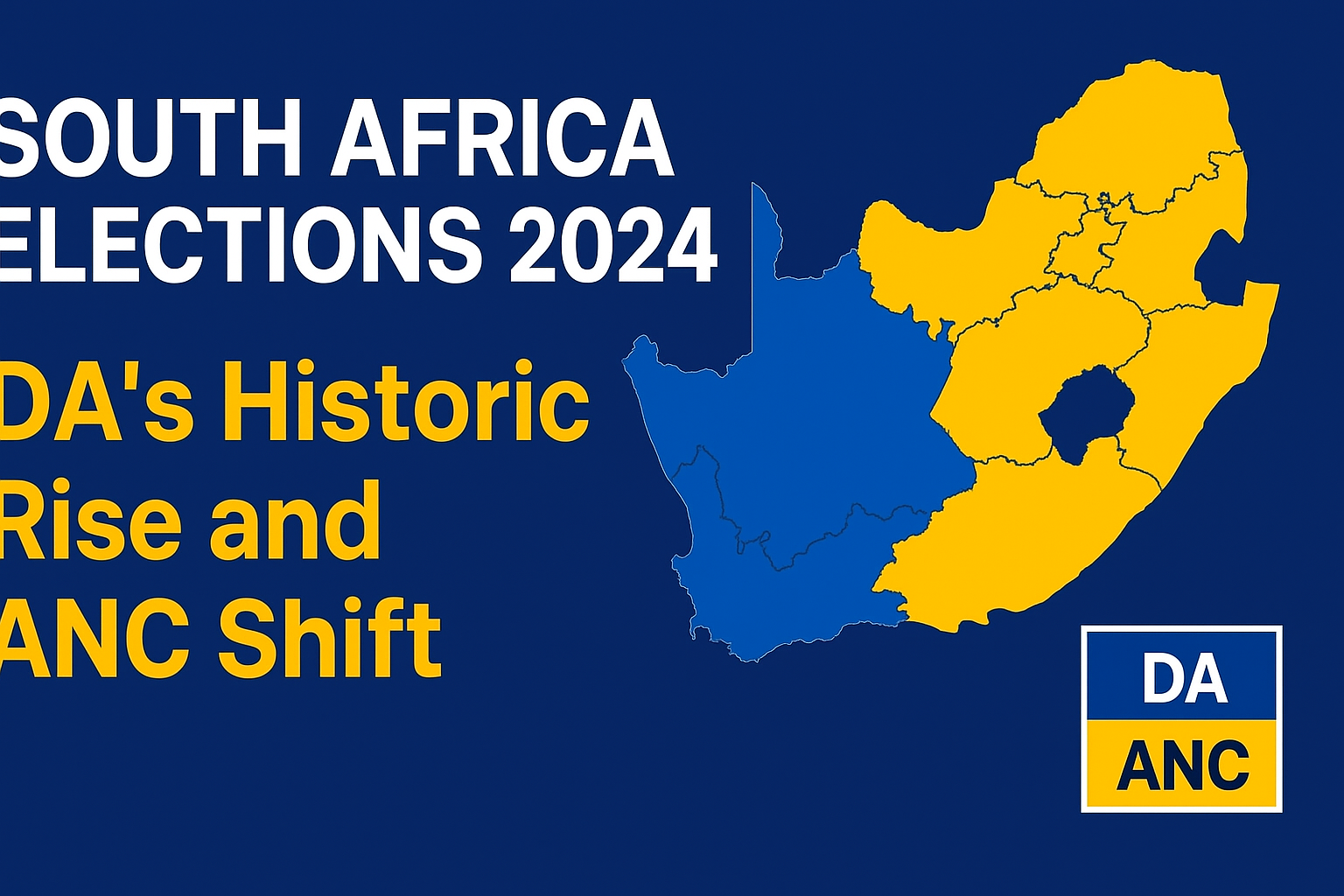Joburg Water Crisis: Mayor Blames Population Growth for Rising Challenges
Johannesburg is grappling with an escalating water crisis as the city struggles to meet the demands of its rapidly growing population. Mayor officials have pointed to population growth as a primary driver of the water shortage, highlighting the pressing need for sustainable resource management and infrastructure investment.
1. Population Growth and Urban Expansion
The surge in Johannesburg’s population has placed unprecedented pressure on water supply systems. Rapid urban expansion, informal settlements, and increased household consumption have exacerbated the demand for potable water, making it challenging for municipal authorities to maintain consistent supply levels.
2. Aging Infrastructure
City water infrastructure, much of which was built decades ago, is struggling to cope with the rapidly increasing demand from Johannesburg’s growing population. Aging pipelines, reservoirs, and treatment facilities require urgent upgrades, routine maintenance, and modernization to prevent leaks, contamination, and frequent service disruptions across the city. Without immediate intervention, these outdated systems risk further inefficiencies, reduced water quality, and long-term challenges in ensuring reliable supply for both residential and commercial users.
3. Joburg Water Crisis And Climate Change and Droughts
Recurring droughts and changing rainfall patterns have further strained Johannesburg’s water resources. Reduced river inflows and lower dam levels limit the city’s ability to replenish supply, necessitating emergency measures and stricter water conservation policies to manage the crisis effectively.
4. Municipal Response and Emergency Measures
The city administration has implemented emergency measures to mitigate the water crisis, including scheduled water rationing, public awareness campaigns, and investment in temporary infrastructure solutions. These actions aim to balance supply and demand while long-term strategies are developed.
5. Joburg Water Crisis And Water Conservation Initiatives
Authorities are promoting water-saving initiatives to encourage residents and businesses to reduce consumption. From installing water-efficient fixtures to implementing rainwater harvesting programs, these efforts are crucial to preserving existing resources and preventing further shortages.
6. Regional Cooperation and Resource Management
Johannesburg is collaborating with neighboring municipalities and water authorities to optimize regional water resources. Coordinated management of dams, rivers, and treatment facilities ensures more equitable distribution and strengthens resilience against future shortages. For more details on effective water management strategies, see UN Water Crisis Overview.
7. Public Awareness and Community Engagement
Educating the public about water scarcity is a key component of the city’s strategy. Campaigns focus on reducing wastage, promoting efficient water use, and encouraging community participation in conservation efforts. For practical tips and local initiatives, see our guide to water-saving strategies in Johannesburg.
8. Investment in Modern Infrastructure
Long-term solutions require significant investment in modern water infrastructure. Upgrading treatment plants, expanding pipeline networks, and incorporating smart monitoring technologies will enhance water delivery and minimize losses, ensuring that Johannesburg can meet the needs of its growing population.
9. Policy and Governance Challenges
Effective governance and policy-making are critical to resolving the water crisis. Coordination between municipal authorities, regulatory agencies, and private stakeholders ensures that decisions are data-driven and transparent, facilitating sustainable management of Johannesburg’s precious water resources.
10. Future Outlook and Sustainable Solutions
Looking ahead, Johannesburg must adopt comprehensive, sustainable strategies to secure its water future. This includes long-term infrastructure planning, continued public engagement, and investment in alternative water sources such as desalination and recycled water. Proactive measures will be essential to prevent recurring crises and ensure reliable supply for all residents.
Conclusion
The Joburg Water Crisis underscores the challenges posed by rapid population growth, aging infrastructure, and climate variability. While the mayor highlights population pressures as a key factor, addressing the crisis requires a holistic approach involving conservation, investment, governance, and regional cooperation. Sustainable solutions are vital to safeguarding Johannesburg’s water resources for current and future generations.




